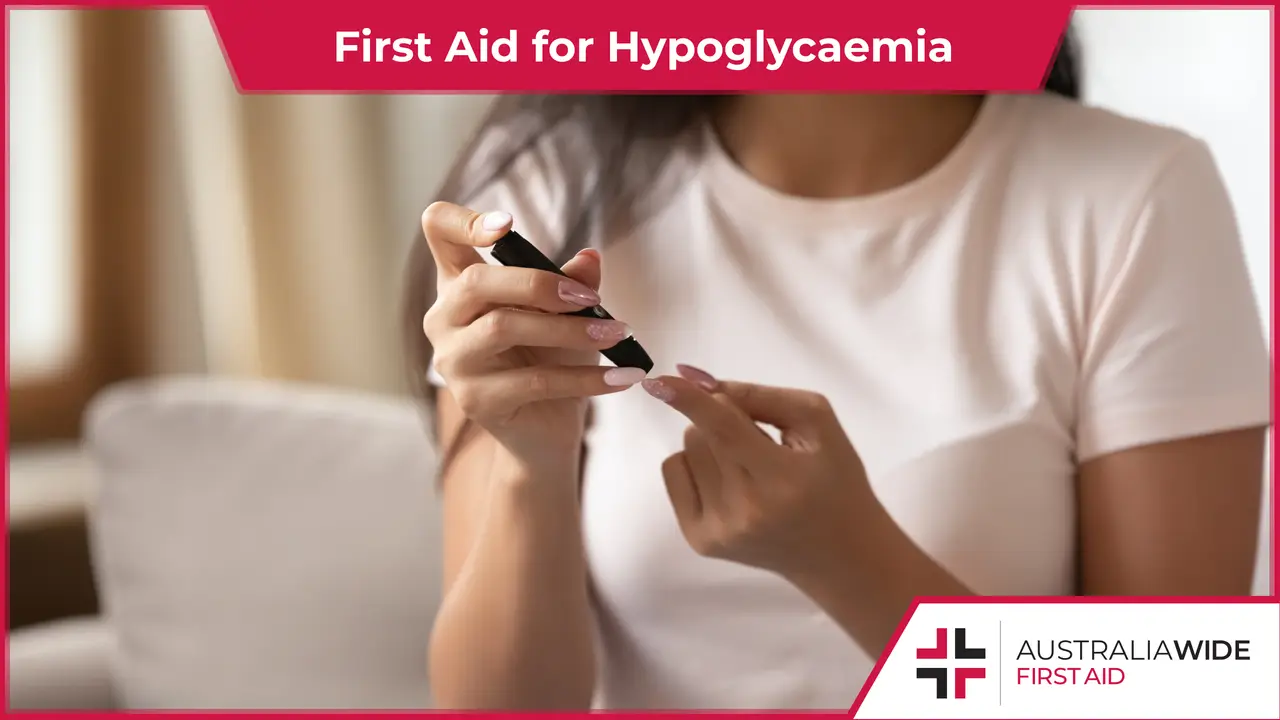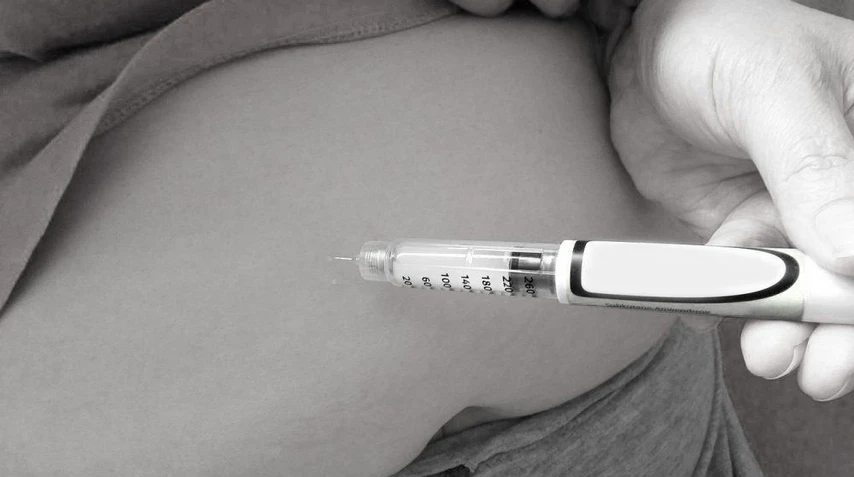First Aid for Hypoglycaemia


Hypoglycaemia is when your blood sugar levels drop so low that your body is unable to function.
Hypoglycaemia is life-threatening and if sugar levels are not regulated immediately, it can end in fatality. Diabetics are most at risk of experiencing a hypoglycaemic emergency.
Diabetes is a condition that causes an imbalance in the body’s ability to regulate and manage blood sugar levels. It is estimated that one in twelve Australians have diabetes.
Hypoglycaemia is often associated with type 1 diabetes and can potentially be fatal if not treated immediately. Only 18% of diabetics have type 1 diabetes.
If you are interested in learning more about first aid for hypoglycaemia, enrol in one of our first aid courses:
Head to our website to find a course near you - we have locations all across Australia.
Hypoglycaemia is when your blood sugar levels drop dramatically. The body needs sugar (glucose, carbohydrates etc.) to function, particularly the brain. If the body is unable to access sugar for a period of time, it will start to shut down.
Normally, the body produces insulin, a protein that helps it utilise and regulate sugar (glucose) to cells and organs throughout the body. For people who have type 1 diabetes, their bodies are unable to produce insulin. They need to manage their insulin medication dose with the amount of sugar they eat. If not managed correctly, hypoglycaemic emergencies can occur.
Hypoglycaemia can also occur with an imbalanced or unhealthy diet, or when the body has not received enough sugar or food. Ongoing hypoglycaemia not related to diabetes may indicate irregular metabolism, hormone levels or organ malfunction.
Regulating insulin shots with the amount of food or sugar you consume is important. Type 1 diabetes hypoglycaemia is especially dangerous with a rapid onset leading to unconsciousness and fatality.
Common causes of low blood sugar levels include:

When the brain does not receive enough sugar, it can begin to shut down. As such, hypoglycaemia can appear as:
Do not attempt to give the casualty an insulin injection. It is also important to note, all diabetic emergencies are treated as hypoglycaemia or low blood sugar.
Hypoglycaemia can be easily prevented for people without diabetes by eating regularly and ensuring your body has enough fuel in the form of food.
For diabetes related hypoglycaemia, regulating your insulin medication alongside your diet is important. Check blood sugar levels regularly, alongside managing times of strenuous exercise and alcohol consumption.
Carry a hypo kit with you, let your friends and family know about your condition. This means they will be able to better help you should an incident occur.
Hypoglycaemia is when your blood levels drop so low that your body is unable to function properly.
It is most common in type 1 diabetes and can be fatal if not treated immediately.
Preventing hypoglycaemic emergencies is about managing and regulating the amount of insulin and sugar in the body.
If you are interested in learning more about first aid for hypoglycaemia, enrol in one of our first aid courses:
Head to our website to find a course near you - we have locations all across Australia.

October 13, 2023
Choking occurs when an object or a piece of food becomes lodged in the throat, blocking the airway. The adult or child will have difficulty breathing, and may lose consciousness. Quick and effective action is essential to prevent severe consequences and death.

September 22, 2023
Knowing how to provide first aid for fluid draining from an ear is crucial to alleviate discomfort and potentially prevent complications.

July 31, 2023
This article covers treatment/first aid for nose bleeds, and also covers all of the common misconceptions and myths about treating a bleeding nose.